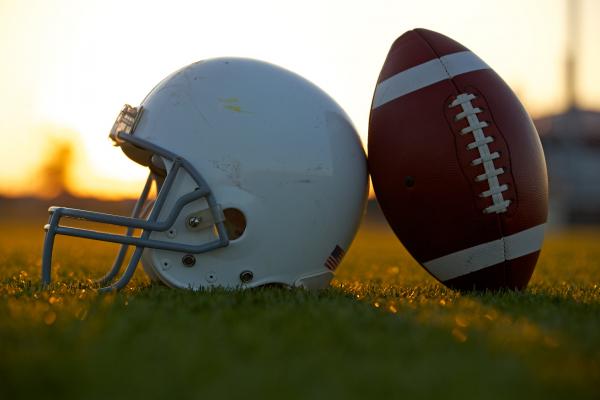BASEBALL USED to be our national pastime. But now professional football is America’s game. And why not? It’s a violent, capital-intensive spectacle carried on with reckless disregard for human health and safety. Kind of like our foreign policy, or our criminal justice system.
Last fall, 45 of the 50 most-watched TV shows were National Football League games. It is the most profitable of the major sports. The average NFL franchise brings in $286 million per year, compared to $237 million for Major League Baseball—despite baseball’s 162-game regular season vs. football’s 16.
This year the TV audiences for football are expected to grow, and NFL total revenue is expected to top $12 billion. Nothing seems to put a dent in the U.S. enthusiasm for the game. Some coaches have offered cash rewards for the injury of opposing players. Multiple players face charges for violent crimes. The Patriots cheat in the playoffs. And the game just gets more popular.
Maybe that will change this Christmas when the movie Concussion, featuring Will Smith and Alec Baldwin, is scheduled to be released by Sony Pictures. Concussion tells the story of Dr. Bennet Omalu, the Pittsburgh forensic pathologist who discovered the decisive link between repeated minor head trauma—such as from huge men crashing into each other dozens of times a day—and the bewildering array of mental illnesses that afflicts many NFL retirees.
Read the Full Article

